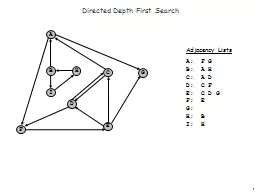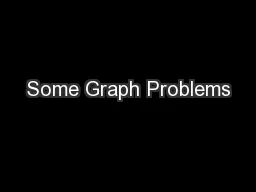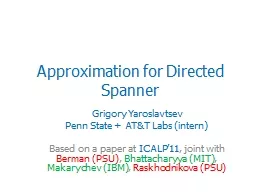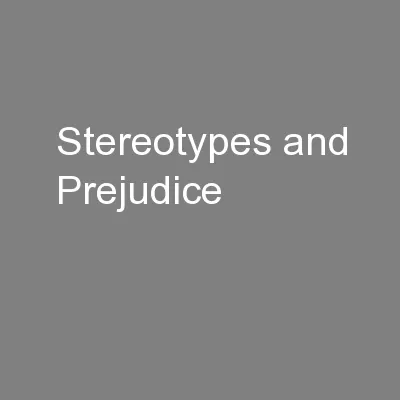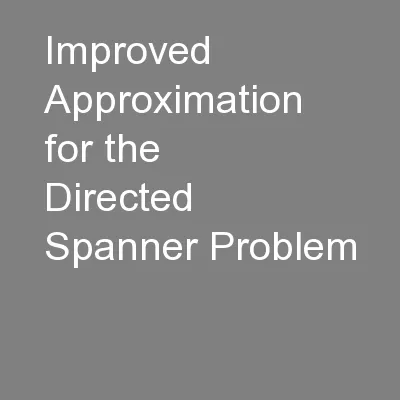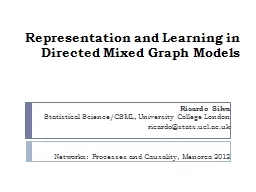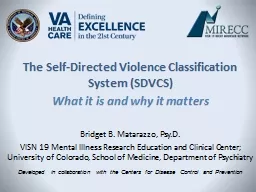PPT-Introduction to Directed
Author : OneAndOnly | Published Date : 2022-08-03
A cyclic G raphs Society for Epidemiologic Research SERTalks Live December 12 2016 Charles Poole cpooleuncedu Department of Epidemiology Gillings School of Global
Presentation Embed Code
Download Presentation
Download Presentation The PPT/PDF document "Introduction to Directed" is the property of its rightful owner. Permission is granted to download and print the materials on this website for personal, non-commercial use only, and to display it on your personal computer provided you do not modify the materials and that you retain all copyright notices contained in the materials. By downloading content from our website, you accept the terms of this agreement.
Introduction to Directed: Transcript
Download Rules Of Document
"Introduction to Directed"The content belongs to its owner. You may download and print it for personal use, without modification, and keep all copyright notices. By downloading, you agree to these terms.
Related Documents


